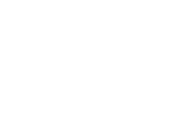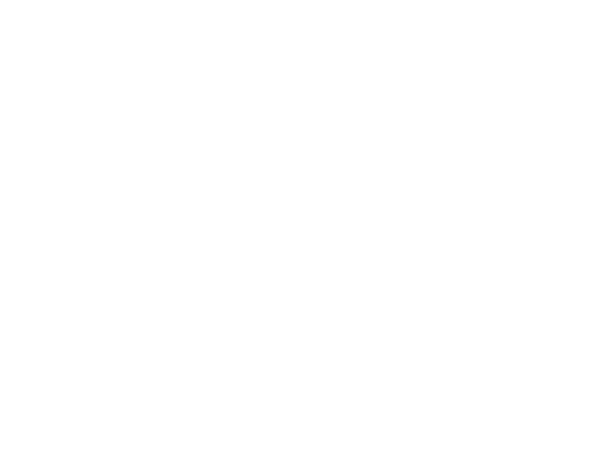 |
 |
 |

|
Object in article: Hart by Sunny van Zijst, part of the Installation Blood Sacrifice, 2010
Photo: Fenestra Ateliers
|
|
 |
LIGHTING A GLASS OBJECT
light
Introduction
Objects are seen by the reflection of light and without light nothing could be registered by sight. Our experience of an object is the result of light reflection and absorption of some of the components of light transmitted on the retina of the eye.
Light is especially important when looking at a glass object and glass lives and makes its impact by the grace of light. When the lighting of a glass object is flawed, the object loses its attraction for the observer. Therefore, lighting a glass object is of utmost importance to get the intended result.
|

|
Posted 25 January 2014
|
Share this:
|
|
|
|
|
|
|
|
|
|

Natural white light, rainbow reflection on ice crystals in rainbow colors
Photo: Fenestra Ateliers
|
|
|
|
|
|
|
Light and light sources
Visible light is electromagnetic radiation that is captured by the human eye. Its wavelength lies in the range of 380 to 740 nanometers between the invisible infrared and ultraviolet. Depending on the wavelength, the color of light changes (Figure 1).
White light contains all visible colors and the color of an object is determined by the wavelengths it absorbs or reflects. If a specific color is reflected (e.g. red), the color of the object is that of the reflected light (e.g. red object).
The most important sources of light are thermal objects; the sun being the most important while a flame of a match or a candle can also produce light. They all produce light together with warmth. As the temperature increases, the color changes from a red glow to a white one, and finally a blue-white color is observed.
Lamps were developed as lighting source at the end of the 18th century and the heating of a wire produces light irradiation.
A second development was lighting by a fluorescent lamp or fluorescent tube, in which a low-pressure vapor gas-discharge due to an electric current gives rise to fluorescence and the production of visible light. Depending on the gas filling, different color tints of light are produced. These lamps produce less heat than classical wire-containing lamps.
Recently, light-emitting diodes (LED) are used as light sources. When a light-emitting diode is switched on, electrons are able to recombine with holes within the device, releasing energy in the form of photons which is called electroluminescence. The color of the light is determined by the energy band gap of the semiconductor. LED’s produce about 70% heat and 30% light.
Fiber optics can be used to avoid heating. The source of light can be shielded and the light is transmitted from a distance to the exposed object by reflection in glass wires.
|
|
|
|

Figure 1. Spectrum of visible light
|
|
|
|
|
|
|
Important factors when lighting a glass object:
Lighting
Softness of light
Soft light refers to light that tends to "wrap" around objects, casting diffuse shadows with soft edges. The softness of light also depends on the distance (the closer the light source, the softer it becomes) and the size of the light source (the larger the source, the softer it becomes). It can also be determined by the angle between the illuminated object and the 'length' of the light source (the longest dimension that is perpendicular to the object being lit). The larger this angle is, the softer the light source.
Color of light
The most commonly used light is white light. However, different color tones or shades are present even within the white light spectrum and this can influence the final result of the effect.
Light sources are generally classified as “cool” (>4000 Kelvin), which appear bluish-white; “neutral” (3000 Kelvin-4000 Kelvin), which appear white; or “warm” (<3000 Kelvin), which appear orangic-white.
Warm light sources are rich in red and orange wavelengths, bringing out warmer colors. Cool light sources are rich in blue and green wavelengths, bringing out cooler colors.
A warm-white light enriches the colors of red and orange objects while dulling blue, while a cool-white light enriches blue while dulling orange and red objects.
Direction of light
The direction of the light source has a profound effect on the perception of a glass object and the choice of the direction of the main light is of utmost importance.
|
|
|
|
Different kinds of glass objects
Surface
The surface of a glass object determines its reflection of light.
-
If there is no breaking of the light due to transparency or the angle of the entry point of light, glass does not reflect light.
-
If the surface is smooth and the light angle makes reflection possible, all of the light is reflected equally. When the surface is not irregular or convoluted light reflects in all directions.
-
If a glass object is faceted, the light is reflected in many directions giving the object an sparkling aspect (e.g. crystal vases with facets).
Transparency
Transparent glass does not reflect light, so no color is observed. However, if a glass objects is used as a prism, white light is divided into its components (e.g. optic glass), giving a spectacular view of the object.
Color
If the glass object has a color, the reflection of the light determines its color aspect. If metallic colors are included in the design, this gives the object a shiny appearance.
Different kinds of backgrounds
The background can influence the perception of a glass object.
-
Objects mounted against complex backgrounds (e.g. a glass object mounted against an enlarged photograph) are difficult to see for people with low vision and with figure-ground perceptual problems.
-
Multiple objects staggered from the front to the back of a case may also cause visual clutter and foreground-background discrimination.
-
The color of the background should contrast with the color of the objects, especially when the items are displayed in lower light levels. Objects mounted in front of a solid, contrasting (color) background are most easily perceived and a 70% contrast between foreground and background is recommended.
-
If the background is brighter than the reflections of the glass, a transparent glass shows a white-line effect. The lighting patterns will show color, tone, and density. A dark background with bright lighting creates a black-line lighting effect.
Display cases
Glass can be displayed in a display case for protection.
The top of a display case should be at a maximum of 915 mm above the floor for items that are mounted flat on a pedestal or deck. For larger items, a minimum case height should be maintained if possible.
Place small items in the front portion of a case, with larger items behind.
Avoid shadows falling directly on items.
Conclusion
The lighting of glass objects influences their impact on the viewer. Bad lighting and presentation can decrease the value of the viewing experience and hamper the value of the object.
Therefore, exhibiting and lighting glass objects should be adequately performed so the viewer gets the most of the object.
References
http://de.scribd.com/doc/36799180/licht-wissen-18-80E29D
http://accessible.si.edu/pdf/Smithsonian%20Guidelines%20for%20accessible%20design.pdf
|
|
|
|
|
|
|


